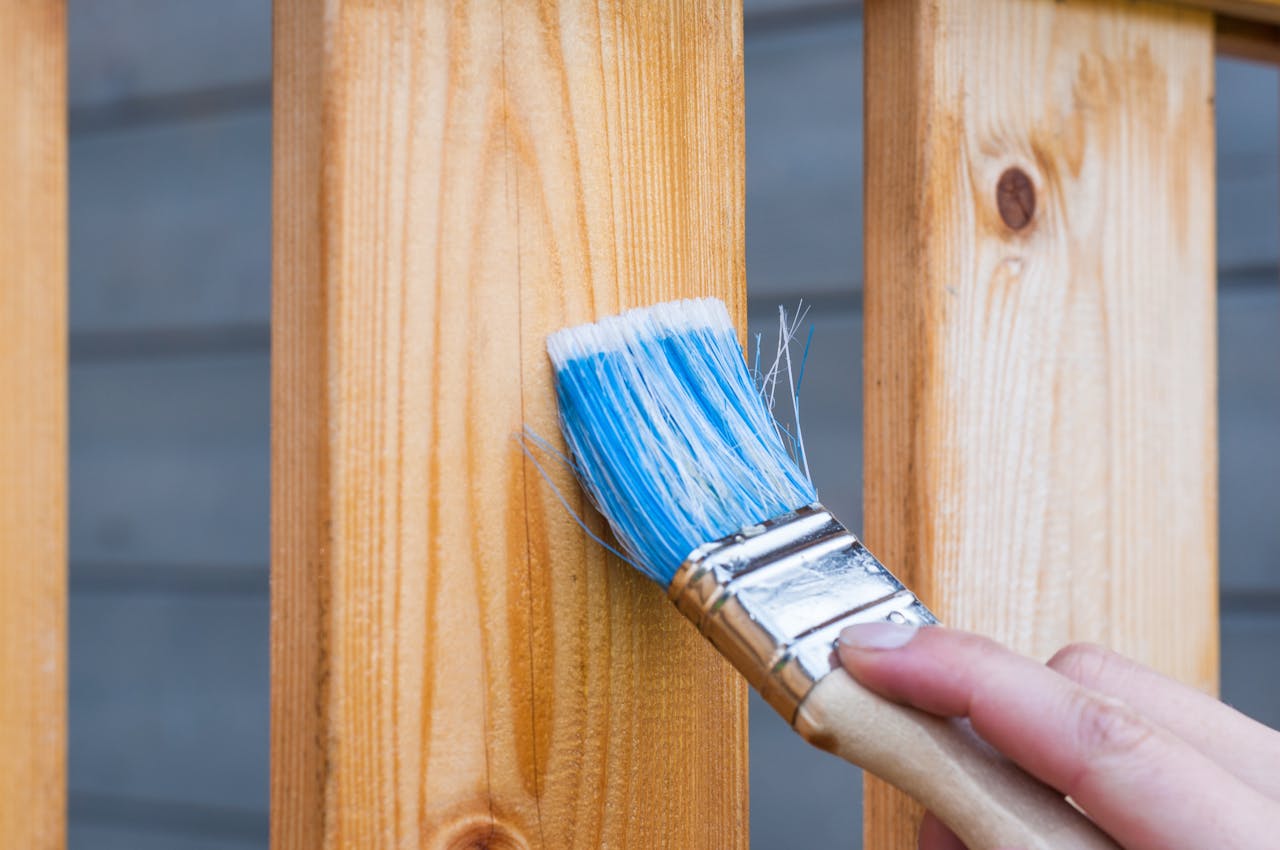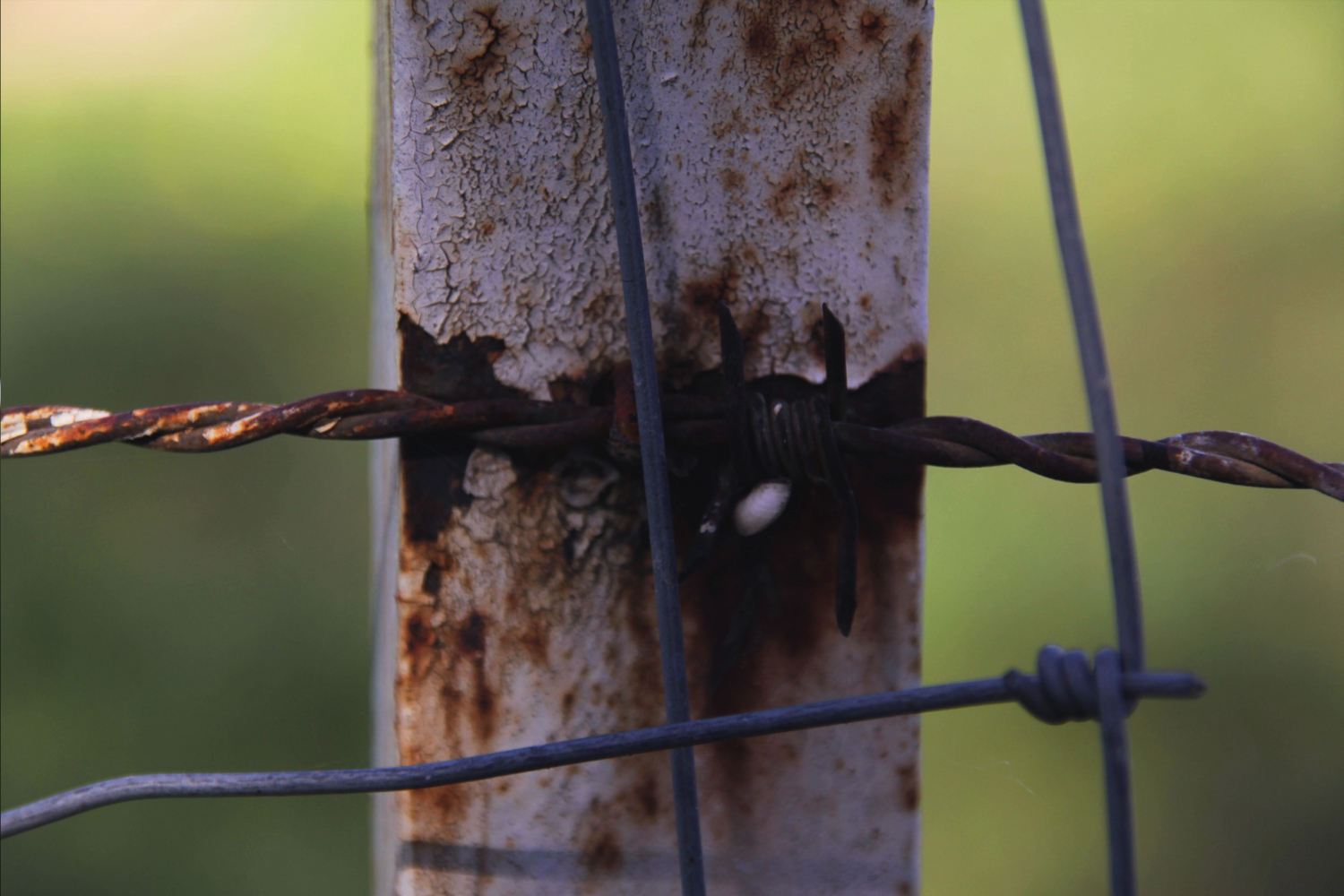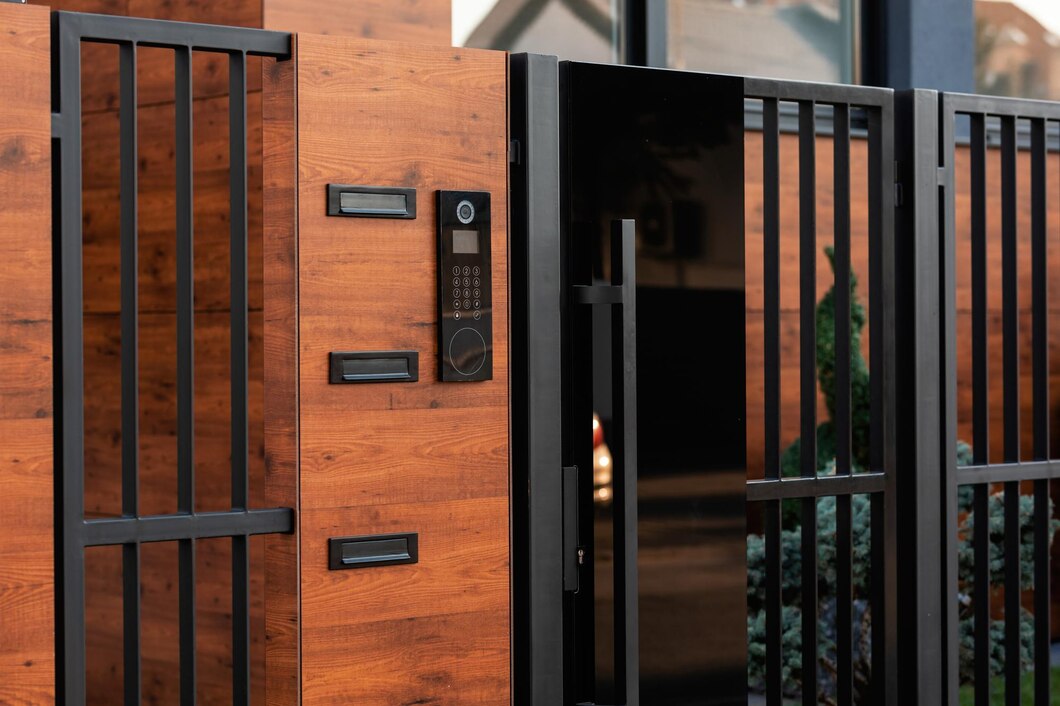Chain-link fences are popular for their durability, affordability, and versatility. They provide security, boundary definition, and can withstand various weather conditions. While chain-link fences are relatively low maintenance compared to other types of fencing, regular care and upkeep can help prolong their lifespan and keep them looking their best. In this blog, we will share some essential tips for maintaining a chain-link fence to ensure its longevity and functionality.
- Regular Inspection
Perform regular inspections of your chain-link fence to identify any signs of damage or wear. Look for loose or bent posts, damaged or missing links, and sagging sections. Early detection of issues allows for prompt repairs and prevents further damage. - Clean the Fence
Keep your chain-link fence clean by periodically washing it with a mild detergent and water. Use a soft brush or cloth to remove dirt, debris, and any stains. Rinse thoroughly with water to avoid leaving any residue. Cleaning the fence helps maintain its appearance and prevents the build-up of grime over time. - Prevent Rust
One of the main concerns with chain-link fences is rust. To minimize rust formation a. Apply a Rust-Resistant Coating Consider using a rust-resistant paint or coating specifically designed for metal fences. This protective layer can help prevent rust and extend the life of your fence. b. Remove Rust Spots If you notice any rust spots, use a wire brush or sandpaper to gently remove the rust. Once the affected areas are clean, apply a rust-inhibiting primer and touch-up paint to protect against further corrosion. - Trim Vegetation
Ensure that vegetation, such as grass, vines, or bushes, is kept trimmed around the fence. Overgrown plants can create moisture, trap debris, and cause damage to the fence. Regularly trim vegetation to maintain proper airflow and prevent contact with the chain-link material. - Repair Damaged Sections
Promptly repair any damaged sections of the fence to prevent further deterioration. Replace broken or missing links, tighten loose nuts and bolts, and straighten any bent posts or rails. Ignoring small issues can lead to more significant problems and compromise the integrity of the fence. - Secure the Bottom Edge
To prevent animals from digging under the fence or to keep small pets from escaping, secure the bottom edge of the chain-link fence. Bury a portion of the fence fabric underground or use landscape fabric or chicken wire to create a barrier along the bottom. - Consider Privacy Options
While chain-link fences provide security and visibility, you may want to enhance privacy by adding slats, mesh privacy screens, or planting shrubs along the fence line. These options not only provide privacy but also add an aesthetic touch to your fence. - Protect Against Extreme Weather
If you live in an area prone to harsh weather conditions, such as high winds or heavy snowfall, consider reinforcing your chain-link fence. Install additional support posts or tension wires to help the fence withstand the pressure and minimize the risk of damage.
Maintaining a chain-link fence is relatively straightforward, and with regular care, you can ensure its longevity and functionality. Conduct regular inspections, clean the fence periodically, prevent rust formation, trim vegetation, repair damaged sections promptly, secure the bottom edge, and consider privacy options if desired. By following these tips, you can keep your chain-link fence in excellent condition, providing security and enhancing the aesthetics of your property for years to come.







